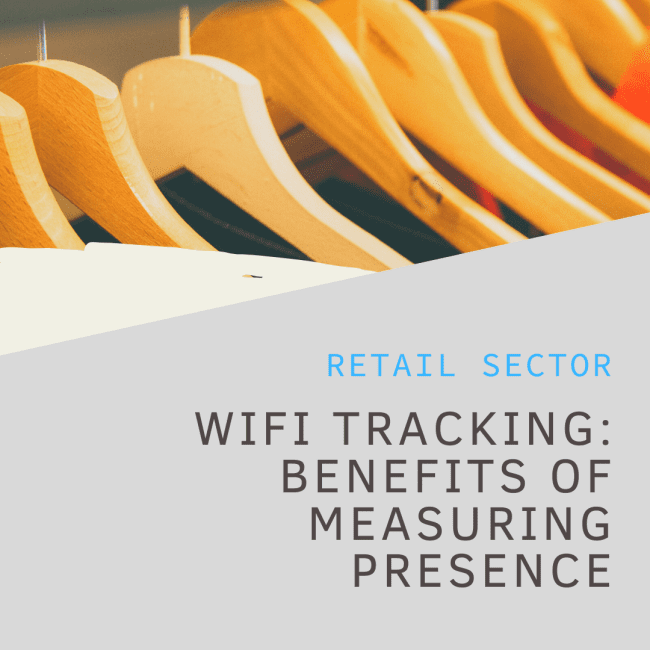Shopping malls are changing beyond recognition, from VR’s adventures in skydiving to the surrounding restaurants. Imagine watching the latest movie with comfortable family and friends in comfortable chairs. At the same time, the waiter offers you a 5-star menu and food from a menu created by a Michelin-starred chef. It is very far from narrow seats, and substandard food and drinks found elsewhere. Such luxury experiences are spreading in emerging malls around the world. It is just the beginning of experimental leisure and recreation. Let’s see some of the top shopping mall trends.
New generation malls
Over the past two decades, some shopping malls have strengthened their positions. One of the main reasons is that traditional “shopping tours” are being replaced with online ordering, especially for the Aboriginal Millennium and Gen-Z digital age groups.
Why dare you stand in long lines at a mall when you can take home food, clothes, and even entertainment – think Netflix?
The good news is that if malls find new ways to invite people to visit instead of staying home, online competition could disappear. This rapid development refutes the definition of a shopping center.
Top 5 Shopping Mall Trends
In the years to come, many malls will transform their offerings, moving from clothing stores focusing on department store anchors to more diverse chains of clothing retailers, leisure and entertainment tenants, events and pop-ups, and commercial service providers.
Here are the Milestone predicts for shopping mall trends design over the next decade:
1. Department store consolidation
The poor performance of department stores has had a painful impact on malls. For example, in 2018, 24% of malls in the United States had at least one vacant anchor rental space of at least 25,000 square feet. It has led to a decrease in pedestrian traffic. “Three-quarters of our traffic is gone.” It was the most significant blow to the beauty retailer’s prospects for success and caused the retailer to downsize.
As purchasing patterns changed, more and more consumers opted for discounts such as dollar stores and TJ Maxx department stores and, consequently, shopping centers are successful.
Instead of focusing on anchors to drive traffic, new malls like American Dream have added a host of incredible customer opportunities.
2. A shift to services
Between 2000 and 2017, consumer spending on goods, as part of total self-employment spending, fell from 50% to just over 45%. As a result, US consumers were spending $ 139 billion less on proprietary goods than they would have paid if sales of goods and services had stayed at 2000 levels, Core View reported.
If you’ve noticed that the nature of shopping at the mall is changing, you’re right. In the past, 70% of the mall stores have been given to retailers selling footwear and clothing. Shopping mall trends are moving more toward entertainment and experiences.
Some of the driving forces behind opening branded digital stores are high purchase costs for customers (i.e., you have a limited budget for Facebook ads), more flexible rental terms, more space for free line items, and the fact that most retailers aren’t working.
3. Apparel sales are moving online
Sales of stationary clothing are expected to remain unchanged as e-commerce gains a large market share. According to Core Sight, online stores will spend about $ 73 billion more on clothing in 2023, and e-commerce will account for a third of total clothing sales.
Online stores are using various plugins to provide great user experience to their customers. Plugins like WooCommerce product video provide detailed view of the products which is more persuasive then any brick and motor service.
4. Experiences as a way to drive traffic
Since the millennia, it has been argued that experience is better than buying things; all kinds of companies have tried to create the type of experience that millennia have been looking for. Shopping malls are no exception. Operators see adventure as a way to limit declining traffic. After all, you can’t ski, skate or eat in a trendy new restaurant without leaving home. And this list is just one of many fun options designed to attract customers.
The American dream is an example of this trend. While entertainment retail is split between 55% and 45%, most stores are dedicated to entertainment.
American Dream isn’t the only mall following this trend. In Salinas, California, Northridge Mall was remodeled a few years ago to create an “expert area” with bowling, karaoke boats, toys, billiards, and a restaurant. You can also order beer, wine, and alcohol on site.
5. Growth of non-traditional options
Retail alternatives, such as renting, reselling, and order, could reach $17 billion by 2023. According to Core-Sight, this will happen in five years through traditional retail channels.
The report says store owners respond to these trends by filling their projects with more tenants and offers, including other clothing tenants, grocery stores, entertainment, and restaurants.
Implications for shopping malls
These shopping mall trends are reflected in varying degrees in different markets around the world. However, we believe they are globally relevant and should be taken into account wherever companies operate in business centers. Players need to understand how best to respond to three strategic considerations.
- Develop a proposal by defining a clear value proposition for consumers and traders and linking it to a deep understanding of the consumer and an impenetrable economy. Among the many opportunities to improve the customer experience are initiatives that positively return on investment and significantly increase customer satisfaction with shopping malls.
- Improve the existing mall’s productivity and efficiency by strategically analyzing the rental based on consumer needs and the retailer’s economy. This analysis should serve as a guide for managing rental rates and general business planning. On the cost side, the focus should be on strict management of direct and indirect costs and operational efficiency, critical to successful customer service.
- Surgically consider where and how to grow without reducing yields. Focus on urban groups and areas with extraordinary growth potential. It includes conscious consideration of disciplined investment management and which formats have the most significant impact: traditional, universal, neighbourhood formats, or retail stores.
Future of shopping mall trends
The world of malls is changing dramatically, but shopping and malls can still play a key role in urban and suburban life. To avoid what one CEO calls “historical anachronism – a 60-year divergence that no longer meets the needs of the public“, shopkeepers need to broaden their horizons about what a mall might be. They no longer present themselves as real estate, but as entertainment providers that are bought as visitors.







